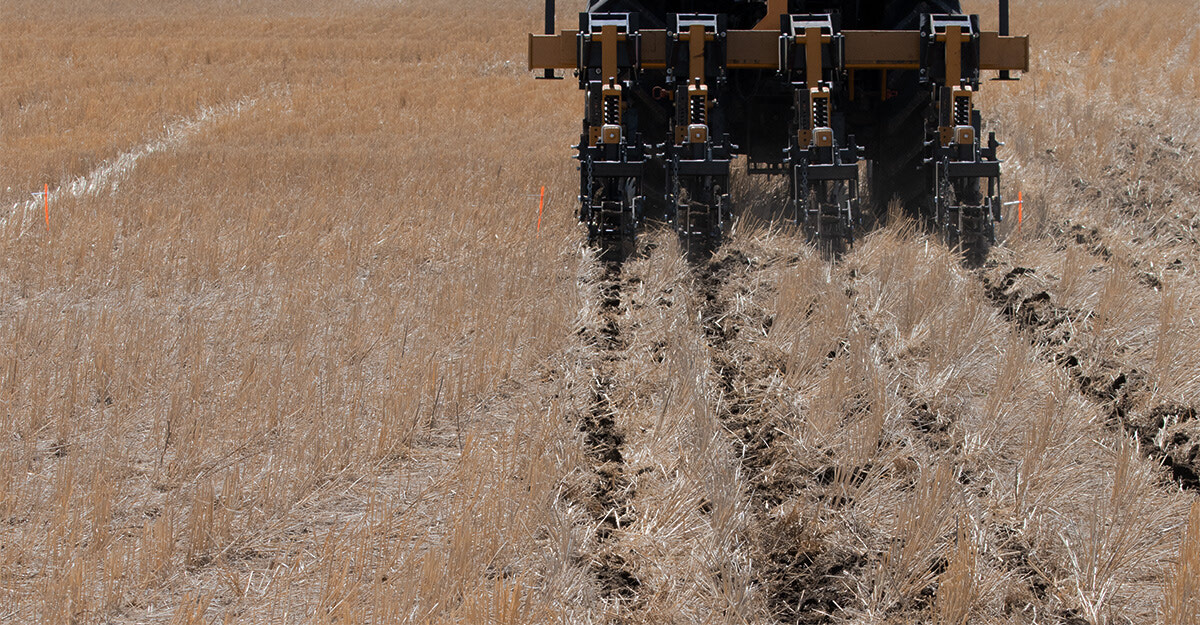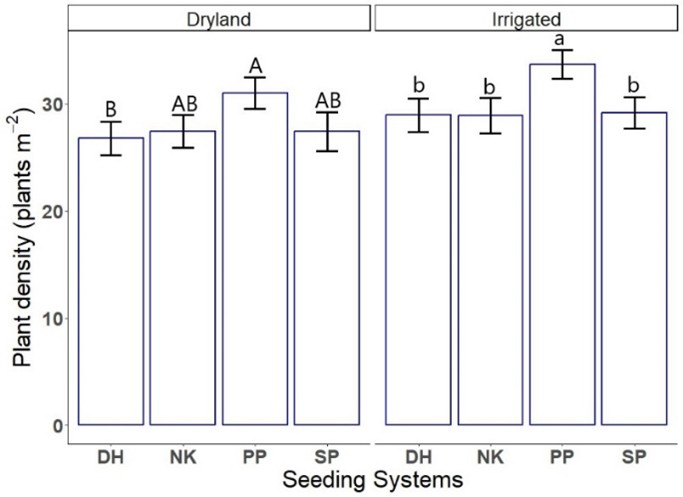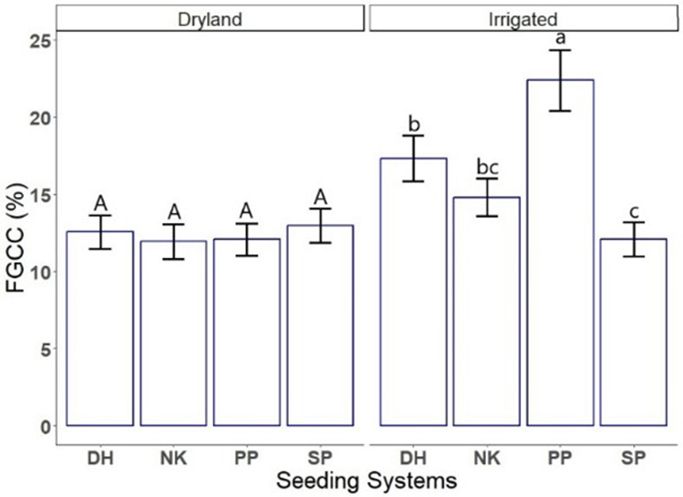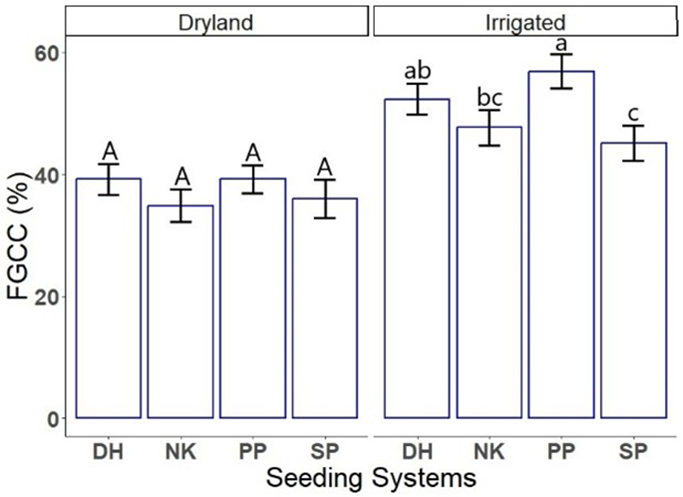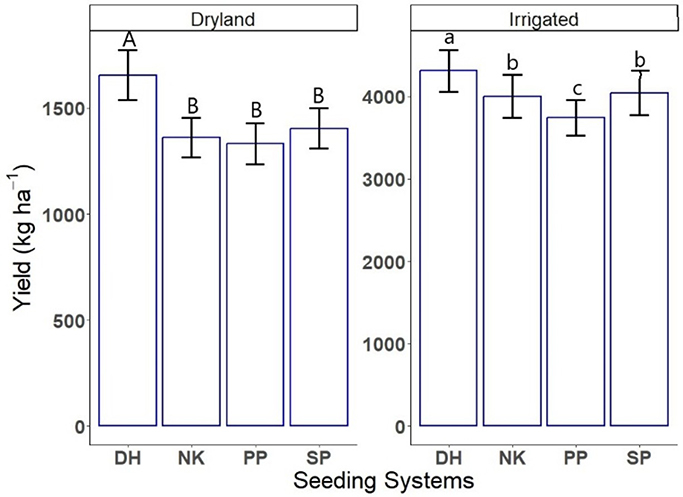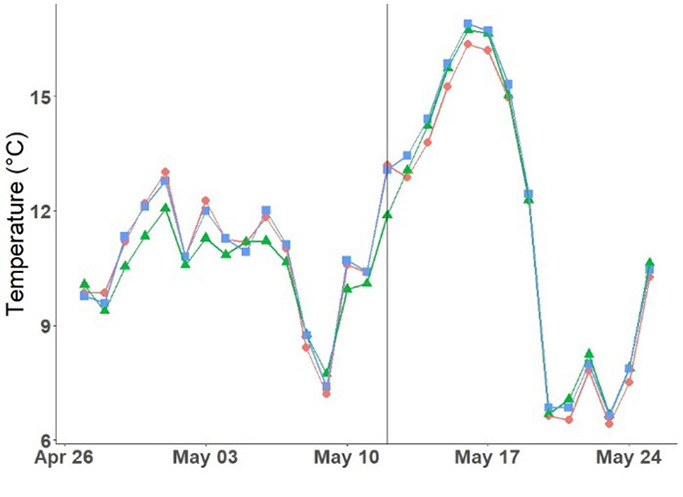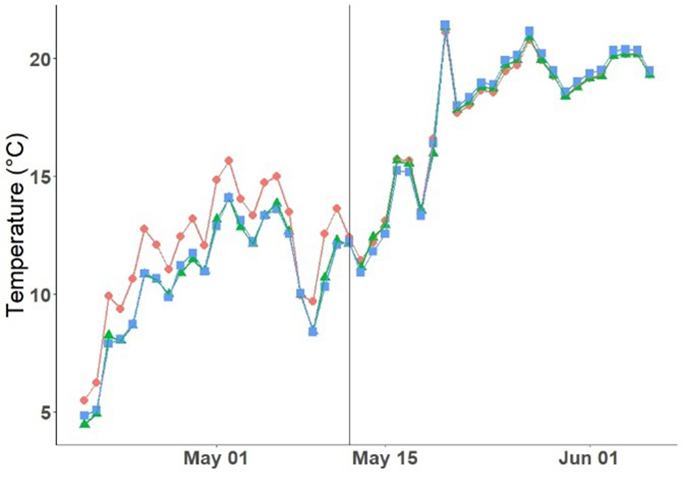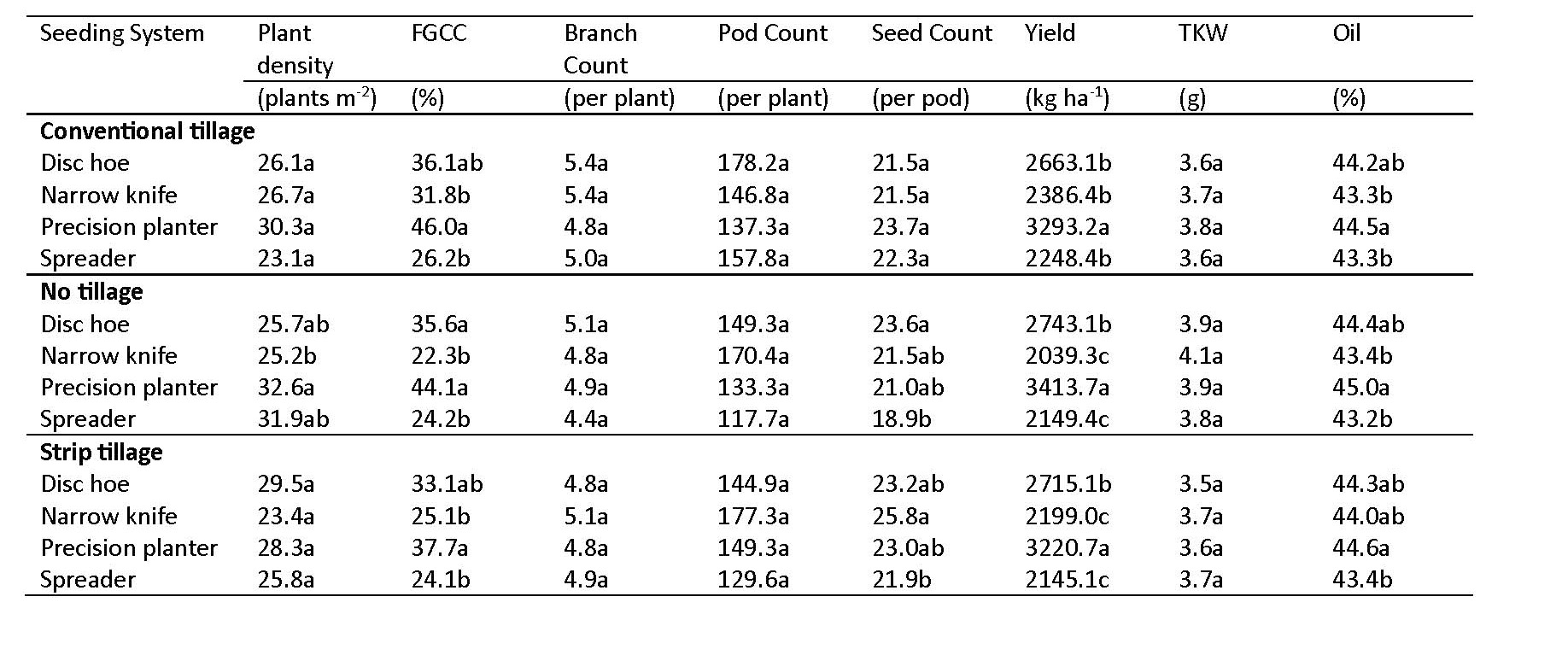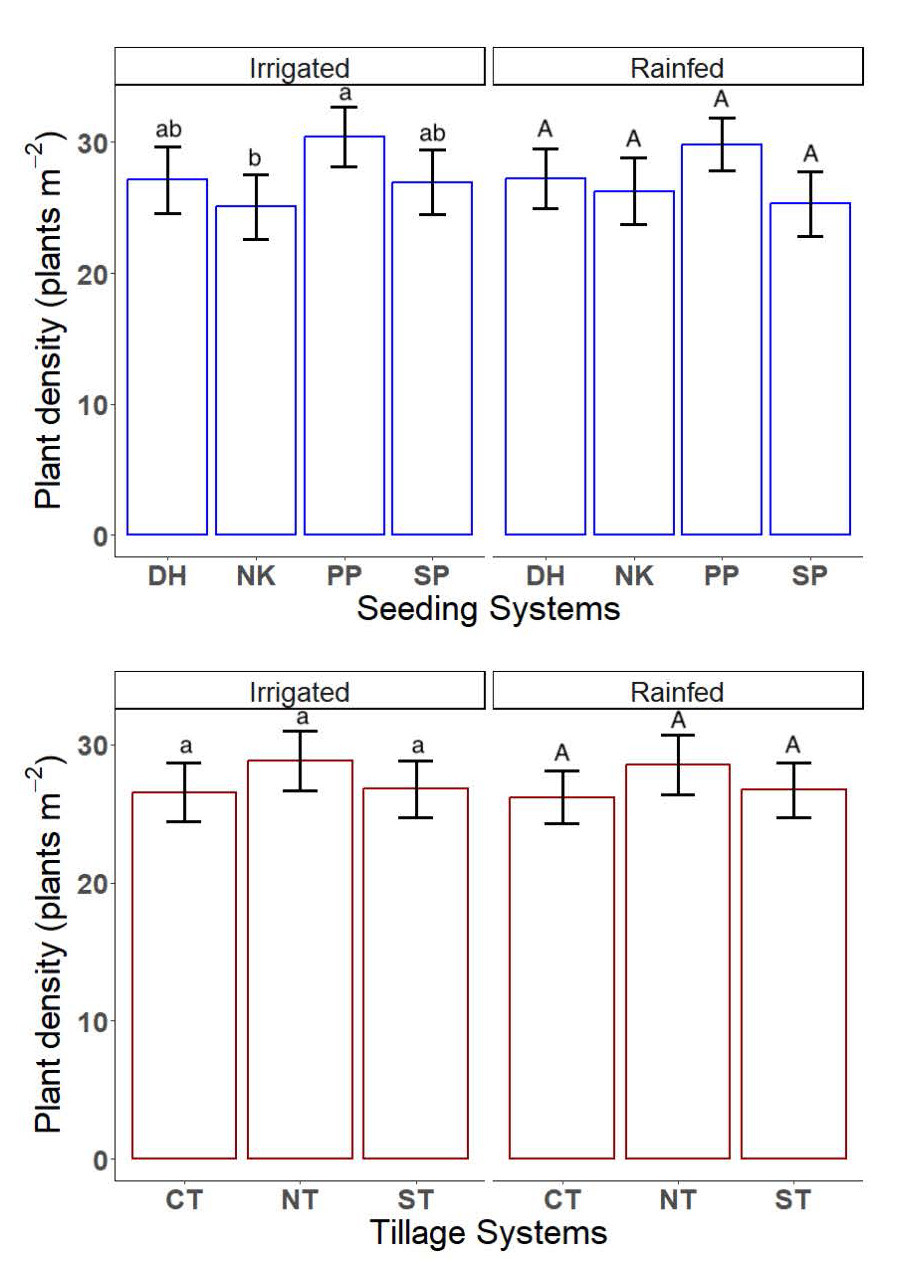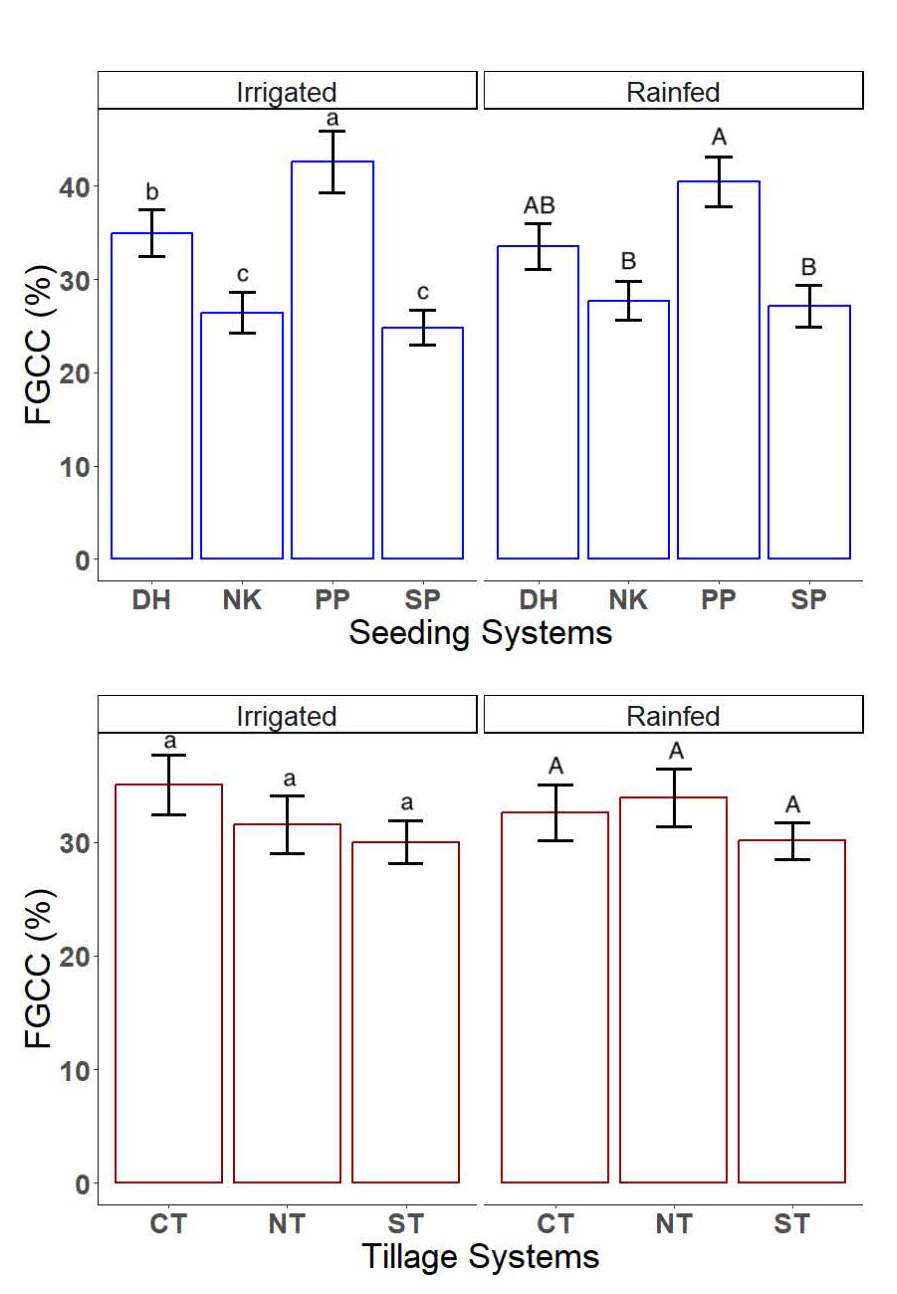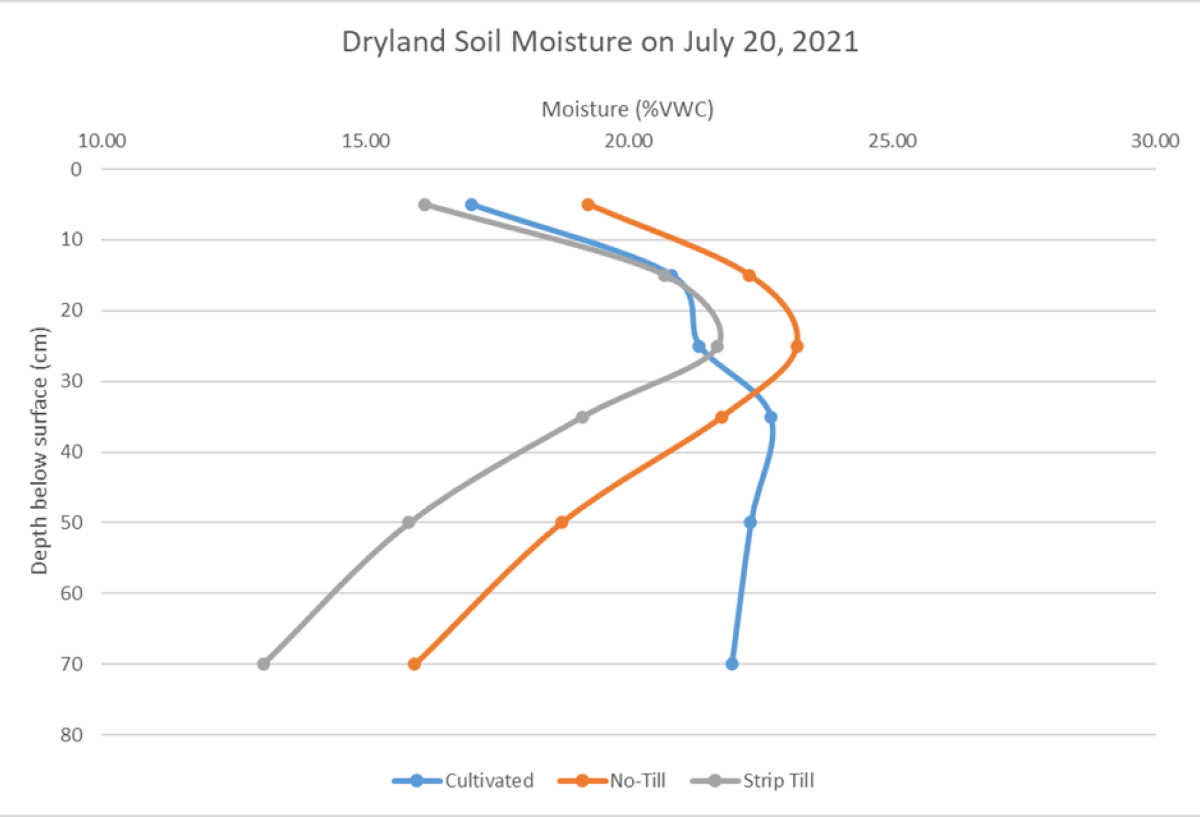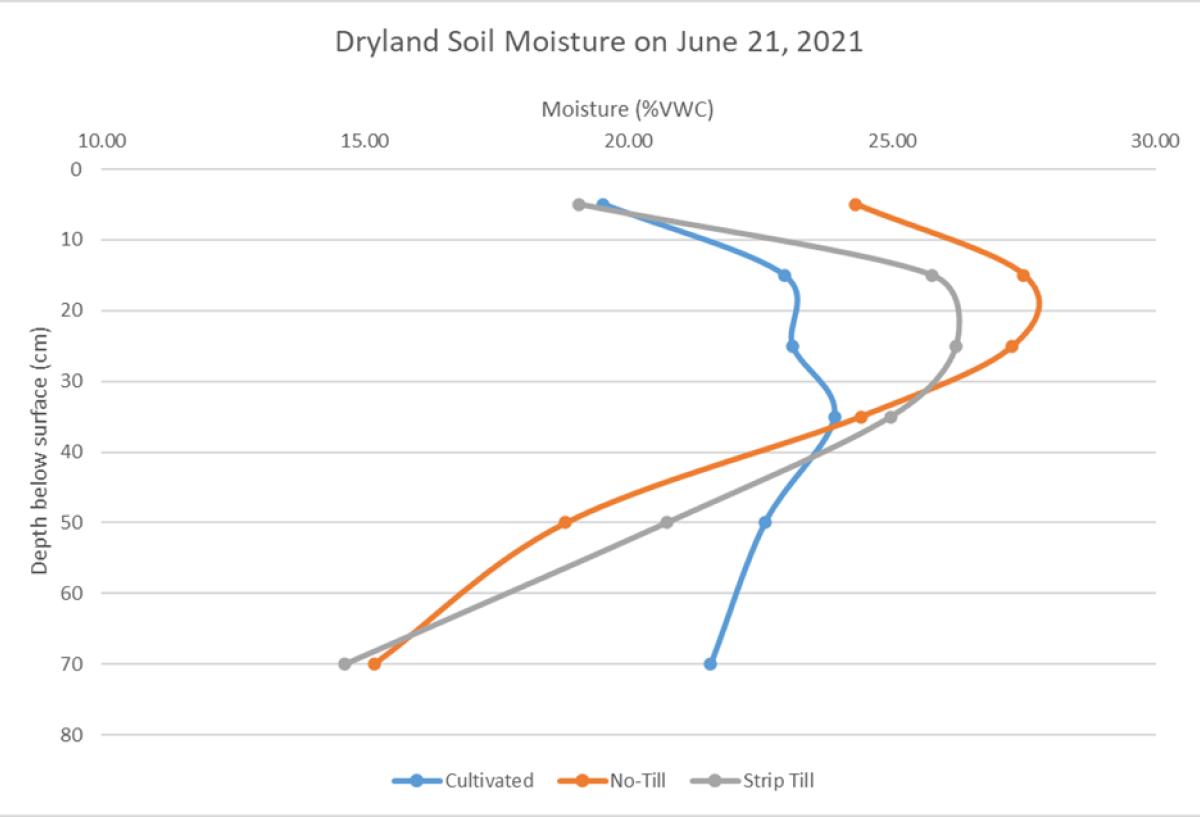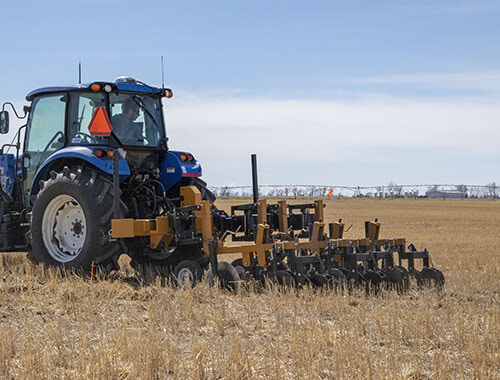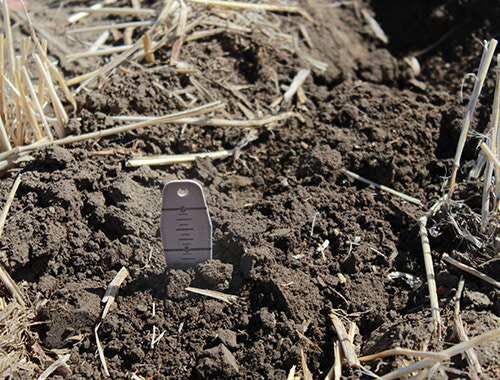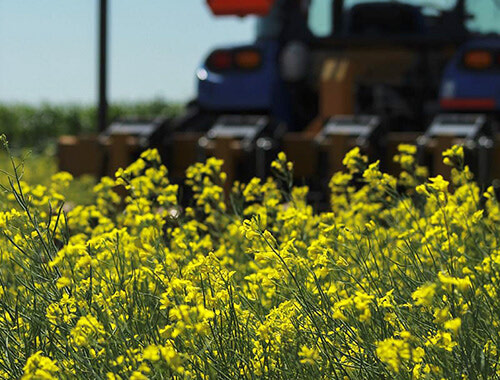BackgroundConservation tillage practices including no-tillage and reduced tillage have been widely adopted in the Canadian prairies. However, proper residue management of the previous crops is challenging, which may lead to cold and wet seedbed conditions and improper seed to soil contact during seeding. Despite the availability of high-quality canola (Brassica napus L.) seeds, initial crop establishment in the fields has been observed to be variable and low (approx. 50%). Lack of residue management can further impact canola emergence and seedling survival. Higher seedling emergence is required for improved canola yield and seed quality. This study proposes to test the efficiency of management practices including strip tillage and precision planting in managing crop residues and improving canola emergence, growth, and yield. |
|
||||||||||
Project ObjectivesStrip tillage will be compared to zero-tillage and conventional tillage practices for their effect on crop emergence and seed yield of conventionally sown and precision-planted canola on dryland and irrigated farming systems. In addition, precision planting of canola will be compared to conventional seeding methods including 1-inch narrow knife opener, a 3-inch hoe opener, and a disc-hoe opener.
|
MethodsSmall plot field trials will be conducted for three years under dryland and irrigated conditions at two locations in dark-brown and brown soil zones, respectively. This study will consist of three tillage systems ≥ strip tillage, no tillage and conventional tillage. Four seeding methods will be tested, including precision planting and three conventional seeding methods. |
||||||
Prior to seeding, soil samples will be tested for nutrient content to determine fertilizer requirements at each site. Herbicide spray applications will be performed as per the recommended schedule for the region at each site. |
Measurements
|
||||||||
Results
RecommendationsCanola producers can use the guidelines from this study to improve their agronomic practices for improved productivity and sustainability. Similarly, industry stakeholders like seeding equipment manufacturers may also benefit from the findings of this project to further improve their equipment design to meet industry needs.
Project Playlist
|
Articles
Zero and minimum till fields can experience trash build up that affects seed to soil contact in the spring. Strip tillage may provide some relief for these fields - Farming Smarter digs into the answers with latest study.
Moisture is an important choice in a soil till method - it can be difficult to know which is best for your crop. Our strip till canola study tracks soil moisture throughout the growing season for multiple methods to help you make that decision.
The Natural Sciences and Engineering Research Council (NSERC) of Canada approved a three-year grant to fund a strip tillage and precision planting at Farming Smarter.
Southern Alberta canola producers stand to benefit from a joint research project by Lethbridge College and Farming Smarter to boost canola yields.

